Here are some simple techniques to work with several colors, with colored pencil.
Intense Colors
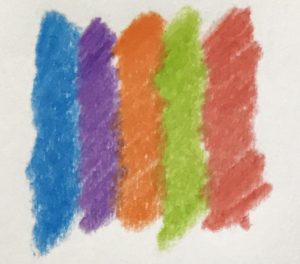 To create blocks of intense color, hold the pencil in an almost
To create blocks of intense color, hold the pencil in an almost
vertical position and press down hard on the paper.
If you color several areas, it’s important to maintain a constant pressure for each of the different zones.
Shading
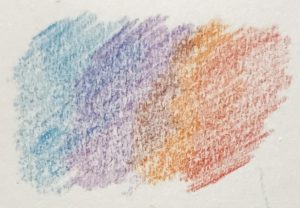 To color an area evenly, hold the pencil at a very shallow angle, and
To color an area evenly, hold the pencil at a very shallow angle, and
only press down lightly on the paper.
The structure of the paper will be visible, while individual strokes will not.
Perform the same operation on the different areas to color, superimposing each time a part. You will obtain gradient effects between several colors, and the appearance of colors obtained by mixing (eg green if you superimpose a yellow zone with a blue one).
Hatching and Cross-Hatching
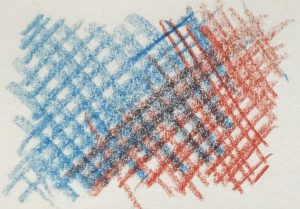 Drawing many lines alongside each other will create an area of
Drawing many lines alongside each other will create an area of
color, which can be intensified by repeatedly overlaying lines at
different angles.
It is possible to create a transparency / gradient effect between two colors by superimposing a part of the different zones.
As in the previous technique, you will get new colors, even if there is no superimposition between the lines of these different zones. This is an optical effect.
Light to Dark
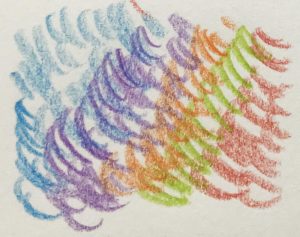 Light colors are transparent, while dark colors provide coverage.
Light colors are transparent, while dark colors provide coverage.
Superimposing layers of color increases the brilliance and vividness
of the colors.
Juxtaposing, with partial overlaying, light-colored areas with dark-colored areas, makes possible to increase the impression of brightness and intensity of colors, by optical effect .
This technique can be realized with short and slightly curved lines, executed in a fast and spontaneous way, as seen in this image.
Points
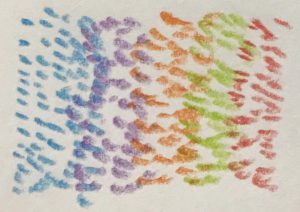
It is also possible to color the different areas using points.
The techniques of juxtaposition of light and dark colors, of partial superposition, seen previously can be applied if necessary.
Be careful to maintain uniformity throughout the coloring, for all zones, uniformity both in the size of the points, the intensity of their execution, and especially their density.



 English
English French
French Italian
Italian Spanish
Spanish Deutsh
Deutsh Portuguese
Portuguese